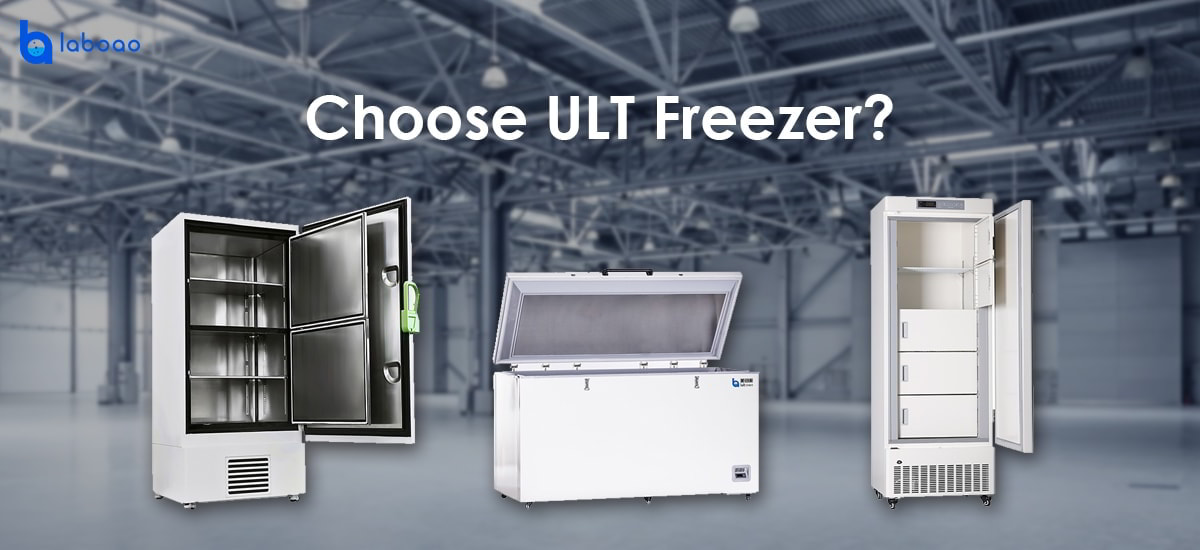
Step 1: Choose a suitable storage temperature
Various items have corresponding storage temperature according to the storage time. For example, plasma can be stored for 24 hours at 4°C and one year below -20°C; tuna can be stored for 1-2 weeks at -20°C and 1-2 months at -40°C. It can be stored for 6-12 months at -60℃.
Ultra-low temperature storage boxes are generally divided into -25°C storage boxes (-10°C~-25°C adjustable), -40°C storage boxes (-15°C~-45°C adjustable), -60°C storage boxes (-25°C~ -65°C adjustable) and -80°C storage box (-40°C~-86°C adjustable) and other temperature grades. Users can choose the corresponding storage box according to the actual temperature required. It should be noted that the adjustable temperature produced by different manufacturers is different. For example, the refrigerator 40-degree storage box produced by our company is adjustable from 15°C to -45°C, while most of other brands are 15°C to -40°C. Tune.
It should be noted that the best setting temperature for the storage box is how many degrees (for example, the best setting for the -25 degree storage box is -25 degrees, and the -40 degree storage box is best set at -40 degrees), and set it at the corresponding temperature In general, the temperature fluctuation in the box will be stable within ±3℃. If the set temperature deviates too much from the best set temperature, the temperature fluctuation will increase accordingly. This factor should be considered when reusing a storage box in multiple temperature zones.
Step 2: Select the save box style
Low-temperature storage boxes are generally divided into vertical side doors and horizontal top doors.
The case of vertical side opening is preferred: there are many types of storage items that need to be stored separately, the storage items need to be placed horizontally, and the storage area is limited.
The first choice for horizontal top door opening: frequent door opening, storage of similar items, large enough storage area, etc. The horizontal type is relatively cheaper.
Step 3: Choose the volume
Choose the appropriate volume according to the volume of the stored items. For example, if the stored items have a volume of about 80 liters, try to choose a storage box of more than 100 liters. The maximum storage box should not exceed 80% of the volume in the box, otherwise the air convection in the box will be weak , It will affect the cooling speed and preservation effect of the preservation box.
Step 4: Choose size
If the size of the stored items is too large, a storage box with a suitable internal size should be selected according to the three sides of the item.
Judging by the door width of the place where it is placed and the outer dimensions of the storage box, for large-size refrigerators, you need to inform the customer in advance to avoid problems that can't go upstairs or enter the door and cause return.
Other factors that should be considered are: if storage items are corrosive (such as sea water, chemicals), you can choose a storage box with a 304 stainless steel liner; the load-bearing capacity of the storage box; noise, some customers may buy a refrigerator to use at home. Because low-temperature refrigerators generally install a cooling fan, the noise is much larger than that of household refrigerators, which is also a problem that must be considered; the thickness of the insulation layer of the preservation box (the thicker the colder, the better the energy consumption is)